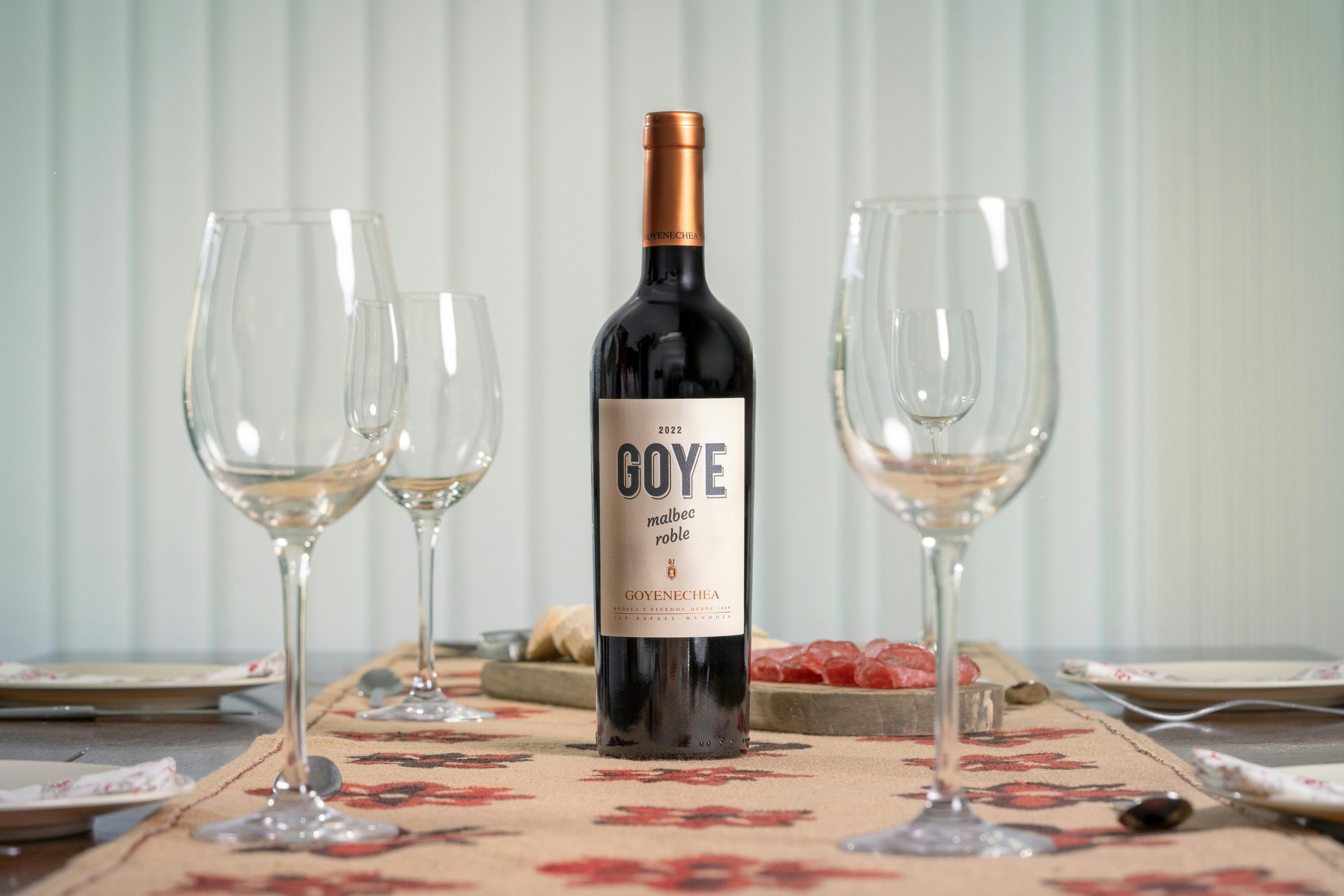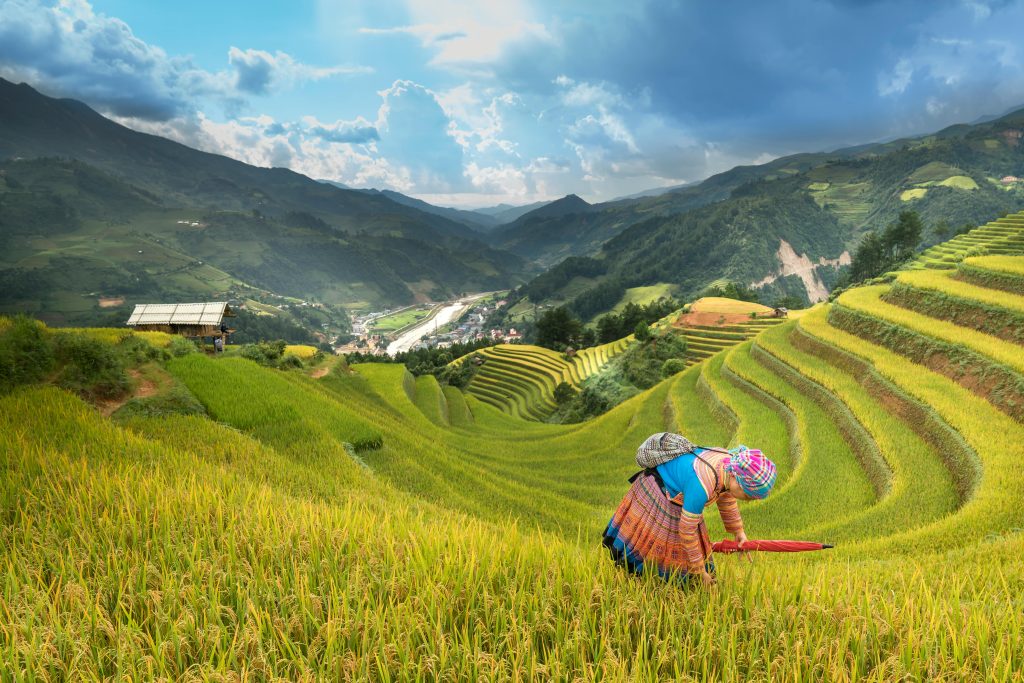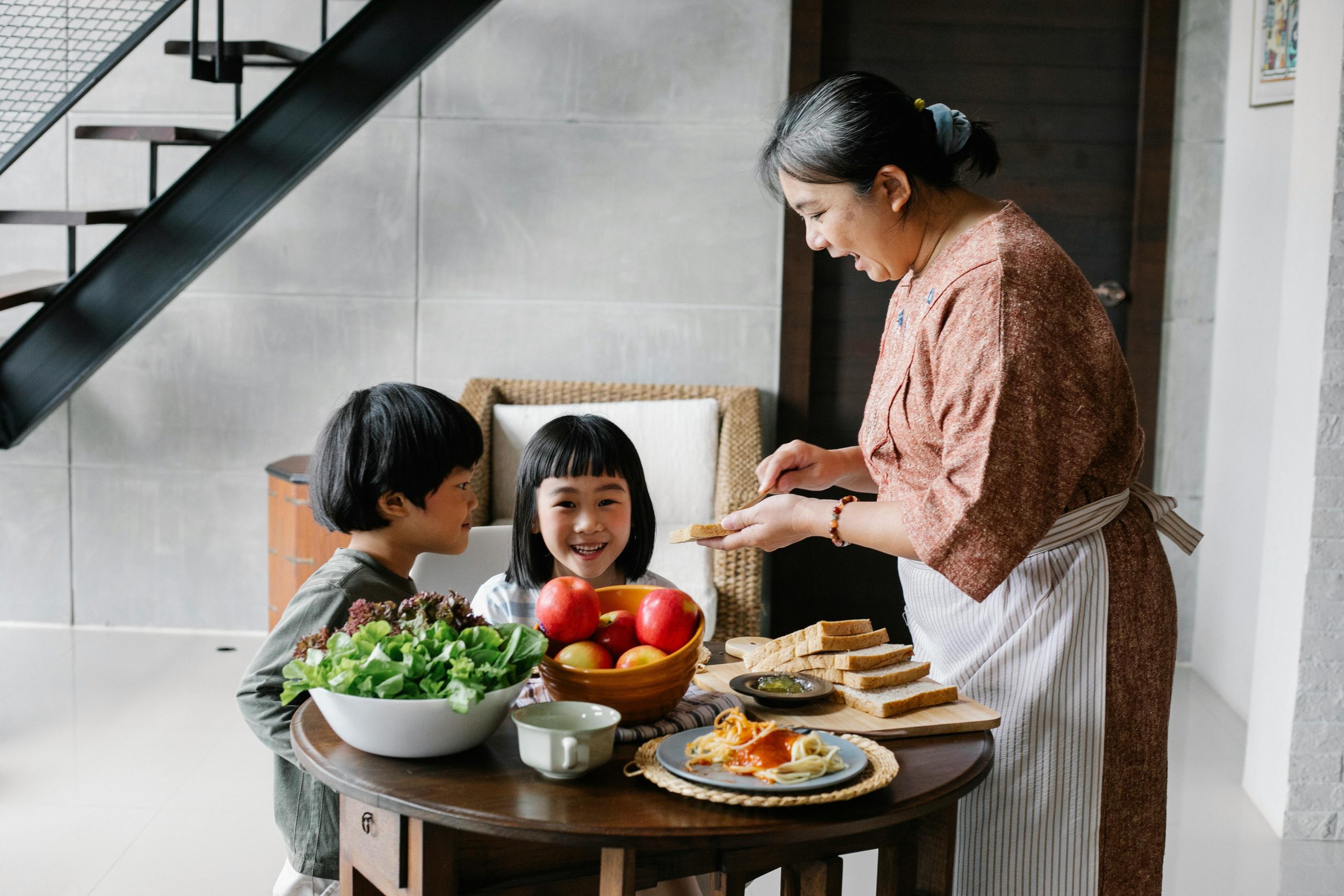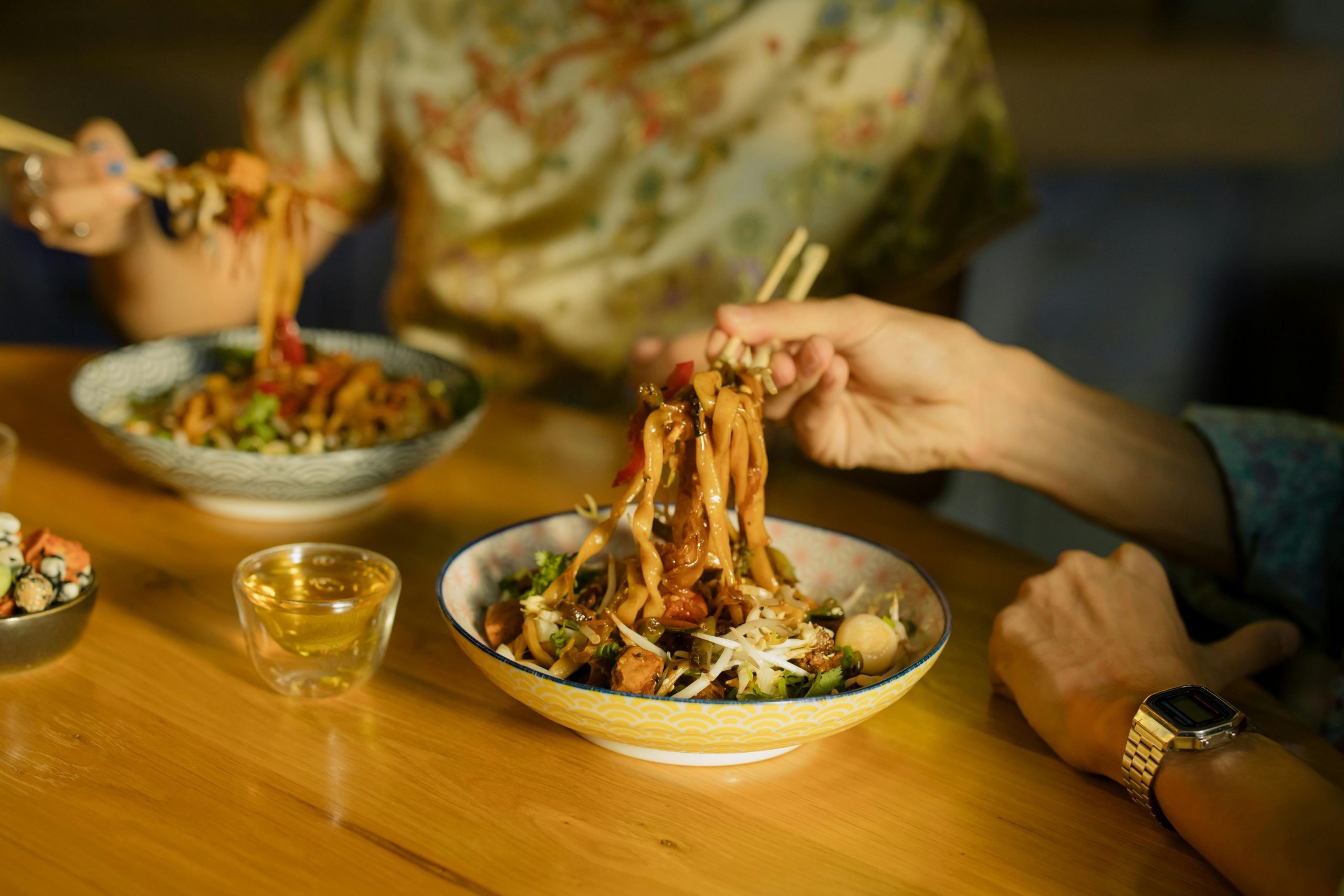
A lazy late-afternoon sun shining softly on green vines, a light breeze carrying the scent of fresh grapes, and a group of your closest friends laughing over glasses of homemade wine. Doesn’t that sound perfect? If you’ve ever dreamed of sharing your little slice of vineyard paradise with those you care about most, you’re in the right place. Hosting a mini vineyard party for your friends can be both laid-back and memorable.
You don’t need a sprawling estate or a professional wine cellar to make it happen. All you need is a simple plan, a few DIY touches, and a genuine love for bringing people together. Let’s walk through how to set up an unforgettable event that focuses on connection, comfort, and, of course, delicious wine.
Why a Mini Vineyard Party?
You may be thinking, “I only have a few rows of grapes—how can I call this a vineyard party?” But the truth is, size doesn’t matter when it comes to creating a wonderful experience. Even a small space can become a magical gathering spot. The key is to set the stage for good conversation and cozy vibes.
Hosting a vineyard party in your own backyard or garden allows you to show off your personal wine journey. Maybe you’ve been nurturing those vines for a season, or perhaps you’ve just begun. Either way, your guests will love seeing your passion up close. Don’t worry if your vines aren’t fully grown yet. You can still decorate your yard to reflect a vineyard ambiance. If you need ideas for maximizing small spaces, check out
Backyard Vineyard Ideas for Small Spaces—Make Every Grape Count for inspiration.

Setting the Scene: Creating Vineyard Vibes
There’s something incredibly charming about wine-themed décor. You can evoke a vineyard atmosphere with just a few thoughtful touches:
- Grape-Themed Centerpieces: Fill clear glass vases with faux grapes or grapevine clippings. If your vines produce actual fruit, display a small cluster in a bowl for authenticity.
- Rustic Wooden Elements: Repurpose old crates or wine barrels as side tables. They add a warm, rustic feel.
- Twinkle Lights and Lanterns: Drape string lights along fence lines or in the vines themselves. Scatter lanterns around seating areas to create soft, ambient lighting.
- Wine Cork Details: Use corks for place card holders or scatter them in decorative bowls. Small details like this add personality to your setup.
- Barrel-Style Serving Station: If you happen to have an old barrel, repurpose it as a mini bar. Top it with a simple wood plank to hold bottles, glasses, and snacks.
Remember, you don’t need a huge budget. Sometimes, all it takes is a few creative ideas and items you already own. Aim for a relaxed, inviting space where your friends can mingle, sip, and enjoy the atmosphere.
Pre-Party Preparations
Before guests arrive, spend a bit of time getting everything organized. If you plan wisely, you’ll be able to actually enjoy your own party without scrambling at the last minute. Here’s a checklist to keep things smooth:
- Tidy Up the Yard: Make sure your vineyard rows (or potted grapevines) are looking neat. Trim dead leaves, sweep walkways, and mow the lawn if necessary.
- Set Up Seating: Arrange chairs or benches in small clusters to encourage conversation. Don’t worry about matching furniture. A mix of chairs with comfy cushions can be quite charming.
- Organize Your Wine Selection: Decide which wines you’ll serve. Label them if you’re offering a tasting. Chill any whites or rosés well in advance.
- Plan Your Food: Simple is best. Think charcuterie boards, bite-sized appetizers, or a casual buffet. Make sure you have enough variety for different tastes.
- Music: Put together a playlist of soft, upbeat tunes. Keep the volume low enough so people can chat without shouting.
When everything’s in place, you’ll feel at ease. A relaxed host sets the tone for a relaxed event.
The Star of the Show: Your Wine
If you’ve been making your own wine—even in small batches—this is your time to shine. Don’t worry if you’re not a pro yet. People love sampling homegrown or homemade products. It’s all about personal connection. Share the story of how you planted your vines, the challenges you faced, and your hopes for the next harvest. Those details give the wine context and make it more meaningful to your guests.
If you’re still working up to making your own wine, consider featuring a selection of bottles from your favorite local winery. You can also mix it up: offer a few store-bought favorites, but include at least one homemade (or local) bottle. That way, guests can taste something truly unique.

Wine Tasting Tip
Encourage guests to try different wines by offering small pours, but have enough on hand for refills. People often hesitate to open a new bottle on their own, so gently remind everyone that the wine is there to be enjoyed.
Food Pairings: Keeping It Simple
Nobody wants to fuss with complicated recipes when they’re busy hosting. Opt for finger foods and small plates that can stand on their own or complement your wines. A snack-style buffet is easier than a formal meal, and it lets guests graze all evening. Consider these ideas:
- Cheese and Charcuterie Board
- Include a variety of cheeses: soft (Brie), semi-hard (Gouda), and hard (Manchego).
- Add cured meats like salami, prosciutto, or chorizo.
- Don’t forget olives, nuts, and dried fruit for extra variety.
- Fresh Bread or Crackers
- Offer baguette slices or artisan crackers.
- Serve with flavored olive oil or a simple garlic-and-herb butter.
- Light Bites
- Marinated mushrooms, stuffed peppers, or bruschetta with tomato and basil.
- Bite-sized quiches or mini savory tarts.
- Sweet Treats
- Grapes (if yours are ready to harvest!).
- Chocolate truffles or mini pastries.
- Fresh fruit salad.
Guests can mix and match bites with different wines, discovering their own favorite pairings. It becomes a casual, interactive experience.
Conversation Starters and Activities
A vineyard party isn’t just about wine. It’s also about connecting with the people you’ve invited. Consider adding a fun activity or two to spark conversation:
- Blind Tasting Game: Wrap wine bottles in foil or paper bags. Number them. Ask guests to guess the grape variety or region. The person who guesses the most correct answers wins a small prize (maybe a bottle of your homemade wine!).
- Grape Stomp Simulation: If you have enough grapes or just want a playful twist, set up a mini stomping station with a tub and some leftover fruit. It can be purely for novelty if you don’t plan to make wine from it.
- DIY Infused Oils: Provide small bottles, herbs, and spices. Let guests create their own flavored oils to take home. This craft pairs well with the wine-and-food theme.
- Photo Corner: Hang a vine wreath or a simple backdrop and let people snap pictures with quirky wine-themed props like oversized corks, silly glasses, or grape cluster hats.
Creating a Relaxed Schedule
When you’re hosting a mini vineyard party, it’s nice to have a loose timeline rather than a rigid agenda. Guests can arrive, grab a drink, and mingle without feeling rushed. Here’s a sample schedule you could follow:
| Time | Activity |
|---|---|
| 4:00 – 4:30 | Guests Arrive, Welcome Toast |
| 4:30 – 5:15 | Wine Tasting & Snacking |
| 5:15 – 5:45 | Fun Activity (Blind Tasting or Grape Stomp) |
| 5:45 – 7:00 | Free Mingle, Food & Wine Refills |
| 7:00 – 7:15 | Group Toast & Thank Yous |
| 7:15 – ? | Open-Ended Socializing |
This format keeps the event feeling natural. People have time to chat, taste wines, and participate in the activity at their leisure. You’re not forcing them to follow a strict itinerary. If the party continues after sunset, your string lights and lanterns will create a lovely evening ambiance.
Balancing Wine and Friendship
A mini vineyard party goes beyond just showcasing your vines. It’s also about celebrating the friendships that make life sweeter. If you find yourself reflecting on those meaningful connections over a glass of wine, you’re not alone. Wine often has a way of bringing out stories and laughter we might not share otherwise. If you love reading about how wine can spark deeper bonds, check out
Wine and Friendship: Stories Shared Over a Glass. It’s a beautiful reminder of why we gather in the first place.
When your friends arrive, greet them with genuine warmth. Introduce newcomers to everyone else. Encourage them to share their own wine preferences or even life updates. The best hosts aren’t the ones with the fanciest decorations—they’re the ones who make every guest feel seen and appreciated.
Quick Tips for a Smooth Event
- Delegate: Ask a close friend or family member to handle small tasks, like refilling ice or setting out fresh snack trays.
- Label Everything: Place mini chalkboard signs or tags by each wine bottle and food platter. People love knowing exactly what they’re tasting.
- Provide Non-Alcoholic Options: Not everyone drinks wine. Sparkling water, juices, or flavored teas can be just as festive.
- Mind the Glassware: Have enough glasses so guests aren’t forced to rinse and reuse constantly. Wine tastes better in a clean glass.
- Think About Pacing: Offer small pours during tasting activities, then let guests serve themselves once everyone has tried the featured wines.

Spotlight on Your Vineyard Journey
Don’t be shy about showing off the progress you’ve made with your mini vineyard. People are usually fascinated by the process, especially if they’ve never seen grapevines up close. Take them on a short walk around your vines. Point out new growth, share your pruning techniques, or mention any unique challenges you’ve faced in your climate.
If you’re still dreaming of planting that first row of grapes, that’s okay too. Share your future vineyard plans. Enthusiasm is contagious, and it’s often enough to inspire others to start their own small-scale grape-growing adventures.
Handling Unexpected Hiccups at Your Mini Vineyard Party
Even the most well-planned party can come with surprises. Weather might be unpredictable. Wine bottles sometimes break. A guest might show up unannounced with friends in tow. Try to stay flexible and adapt to the moment:
- Rainy Day Fix: Move the party indoors, but keep the vineyard theme. Set up some decorative vines or potted greenery in your living room.
- Glass Mishaps: Keep a few spare glasses in a safe place. Accidents happen.
- Extra Guests: Put out additional seating and let them join in the fun. No one should feel left out.
Remember, the goal is to share laughter and good company, not to host a “perfect” event.
Wrapping Up: Leaving a Lasting Impression
When the evening winds down, thank everyone for coming. A simple toast works wonders. You can reflect on the friendship you’ve celebrated and the many memories you’ve created. Some hosts like to send friends home with a small party favor—maybe a tiny bottle of homemade wine, an herb-infused oil, or a little bag of gourmet chocolates.
If you snap any photos, share them in a group chat afterward. People love reliving the highlights. Hosting a mini vineyard party often leads to a flurry of “We should do this again!” messages the next day. That’s a good sign you pulled off something special.
Conclusion
Hosting a mini vineyard party for friends doesn’t require perfection. It’s about inviting the people you love into your personal world, where vines grow in your backyard and wine flows freely. By planning a few essential details—like décor, food, and a loose schedule—you can create an evening that’s both relaxed and memorable.
Remember, a small space is still full of potential. You can transform even a modest patch of land into a vineyard oasis that sparks joy for everyone who visits.
Most of all, have fun with this. Enjoy the chatter, the taste of grapes you’ve nurtured, and the clinking of glasses that signify another moment worth celebrating.




































